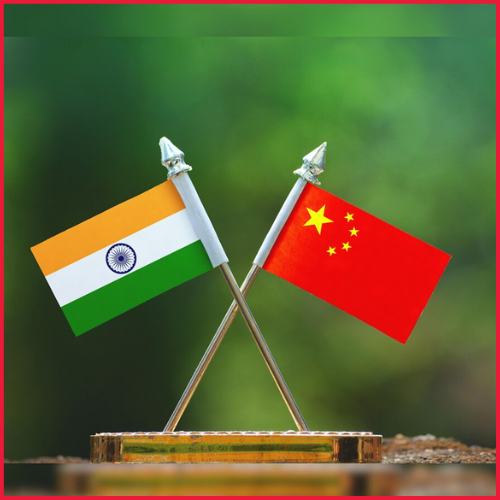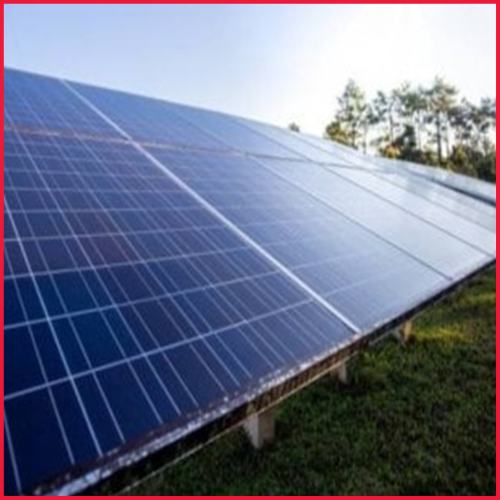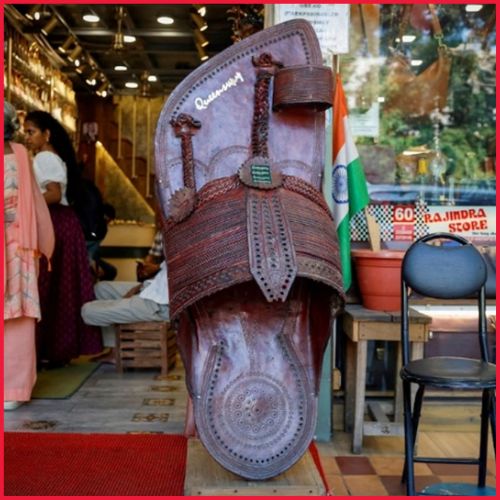Despite awaiting fourth quarter commercial vehicle sales data, Nikkei Asia expects India’s sales volume to increase even further.
According to Nikkei Asia, India is currently the third-largest vehicle market in the world. According to early findings, the nation’s biggest, surpassing the 4.2 million sold in Japan.
The Society of Indian Automobile Manufacturers estimates that 4.13 million new automobiles were delivered in India between January and November 2022. Maruti Suzuki, the largest automaker in India, revealed sales volume on Sunday, bringing the total to over 4.25 million vehicles.
The report continues by stating that the country’s sales volume is anticipated to increase even more with the inclusion of upcoming commercial vehicle sales data for the fourth quarter. The year-end numbers from Tata Motors and other automakers have not yet been made public.
With the sale of 26.27 million vehicles, China continues to dominate the global auto market in 2021. Japan came in second with 4.44 million vehicles, followed by the US with 15.4 million.
The vehicle market in India has changed recently, according to Nikkei Asia. In 2019, volume fell to below 4 million units from the about 4.4 million units sold in 2018, partly because of the credit crunch that impacted the nonbank sector that year.
Vehicle sales fell even lower than 3 million units in 2020, when the Covid epidemic prompted a nationwide lockdown. Sales bounced back in 2021 to close to 4 million units, although growth was hampered by the lack of automotive chips.
According to Nikkei Asia, the majority of new automobiles sold in India last year were gasoline-powered, including hybrid vehicles, with electric vehicles hardly making an appearance. Automobiles marketed for the Indian market are thought to include fewer semiconductors than those bought in developed nations.
Nikkei Asia claims that the relief from the automotive chip bottleneck in 2022 served as a launchpad for a rebound. Tata Motors and other Indian automakers experienced an increase in sales last year, joining Maruti Suzuki.
There are 1.4 billion people living in India, and it is anticipated that this year or in the early 2060s, its population would surpass that of China. Incomes are also increasing.
According to British research company Euromonitor, only 8.5% of Indian households possessed a passenger vehicle in 2021, leaving lots of space for sales development. In response to a trade deficit brought on by imports of petroleum, the government has begun providing subsidies for EVs.
Data from the Japan Automobile Dealers Association and the Japan Light Motor Vehicle and Motorcycle Association show that 4,201,321 automobiles were sold in Japan last year, a 5.6% decrease from 2021.
According to Nikkei Asia, the omicron pandemic and the lockdowns in China significantly reduced production, making it impossible for automakers to satisfy demand.
Nikkei Asia reports that Japan’s auto sales, which peaked in 1990 at 7.77 million units, have fallen by nearly half from their peak. Additionally, there is little chance that sales would significantly rebound in the near future due to the nation’s dwindling population.
China surpassed Japan in 2006 to overtake it as the world’s second-largest auto market, according to Nikkei Asia. China surpassed the US to become the largest market in the world in 2009.














